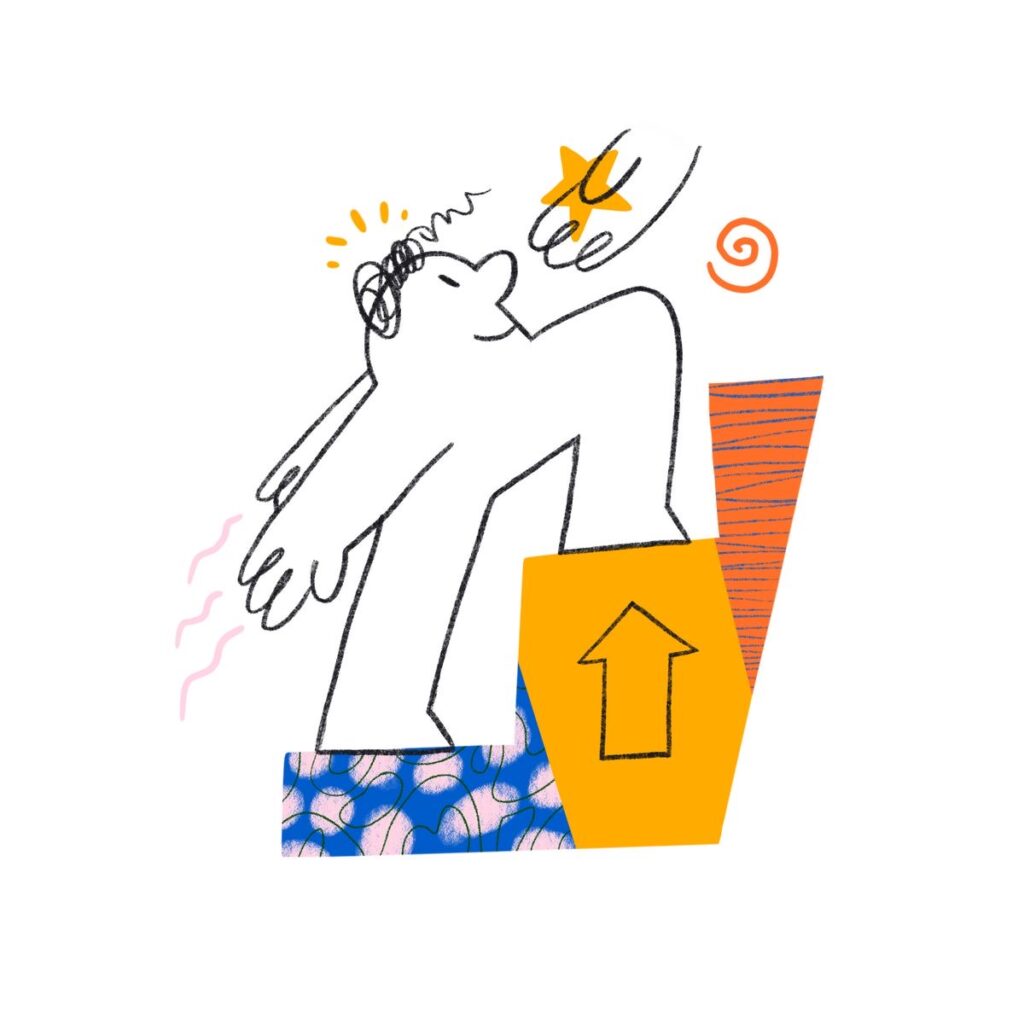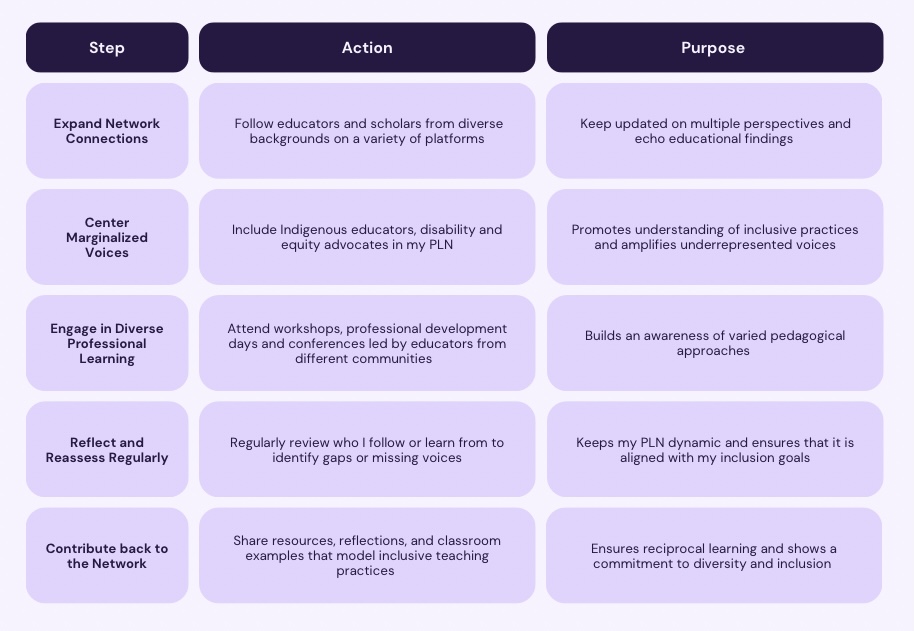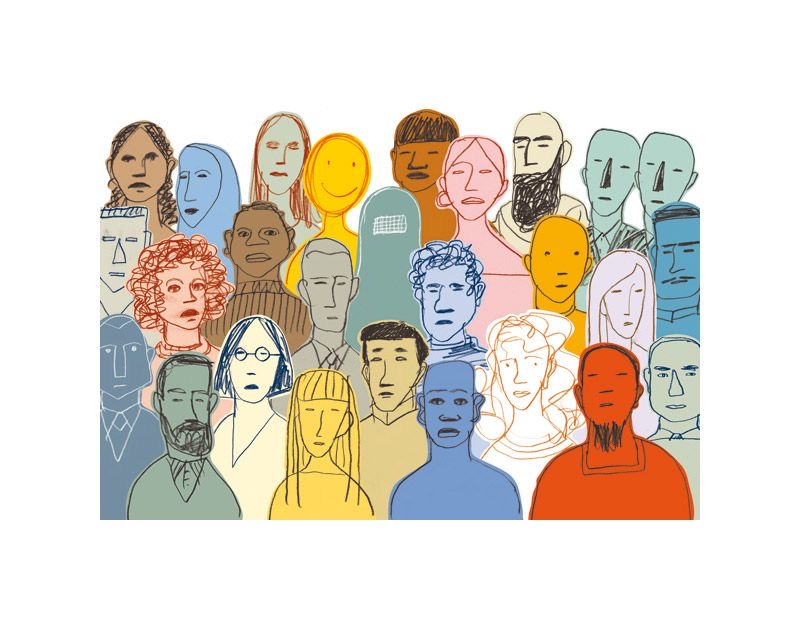As a new educator, I think of inclusion most when creating a learning environment where every student feels seen. Shelley Moore and Layton Schnellert’s One Without the Other text emphasizes that inclusion is not about fitting students into boxes but about changing the system that created those boxes in the first place. This connects with how I hope to approach teaching, by viewing diversity not as something to shift or manage, but as something that enriches the learning environment.
There are still gaps in the definition of inclusion and how we see it day to day. I’ve worked with brilliant educators who believe their teaching practice is beyond inclusive while they still fall short. This has taught me that having an inclusive classroom means so much more than what the eye can see. For example, I once had a mentor who said they had done their due diligence because they had an inclusion poster up in the room. To make matters worse, I think that poster was as dated as them. Anyway, that experience reminded me how important it is to continually check my own biases and blind spots. The CAST UDL Guidelines have supported this mindset by framing inclusion through intentional design. UDL helps educators anticipate learner differences and plan with them in mind from the start. This has shaped how I approach lesson planning so that every student’s learning needs are considered from the beginning.

This week’s topic on Personal Learning Networks (PLNs) made me recognize how inclusion extends into how we learn and grow as professionals. If done intentionally, a PLN can model inclusion in action. For me, this means connecting with educators and individuals with different experiences and perspectives. Shelley’s interview with Jesse highlighted the importance of collaboration and community in shaping inclusive practices. I’m learning that by engaging with diverse perspectives through social media and professional networks, I can continue to deepen my understanding of inclusion.
Thinking about how this connects to my own growth, I’ve realized that building an inclusive PLN takes real intention. It’s not just about following people who post about education, but making sure I’m learning from voices with different experiences and perspectives. Here are a few steps I plan to take to make sure my PLN reflects the kind of diversity I want to bring into my classroom:

Moving forward, I want to ensure my PLN reflects the diversity I aim to foster in my classroom. Building an inclusive PLN has reshaped how I think and how I will continue to connect with learners.

Leave a Reply